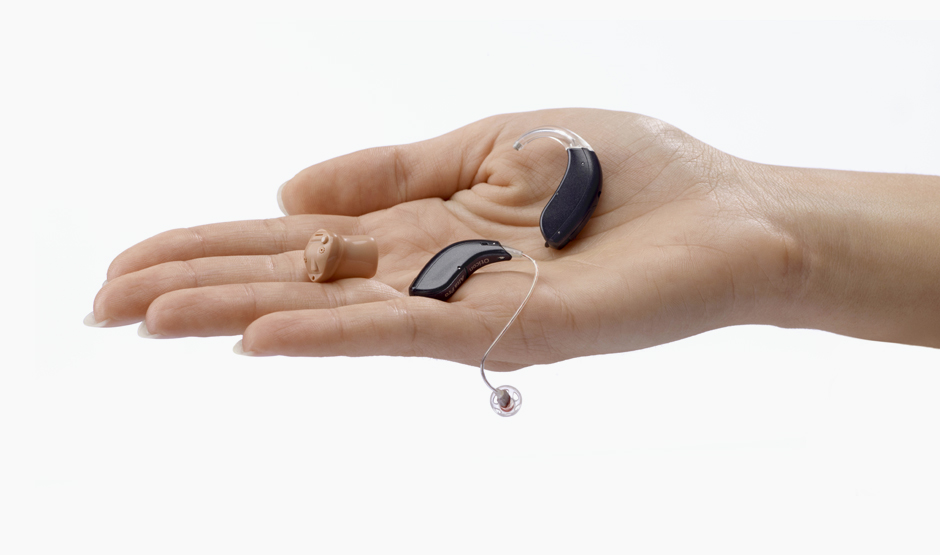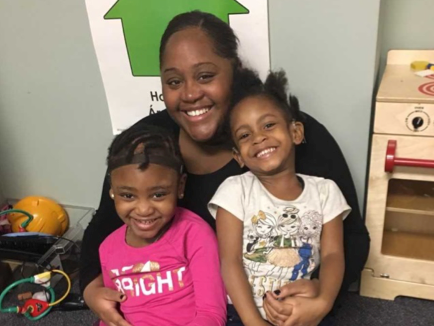By Tom Woods
"A journey of a thousand miles begins with a single step.” For many individuals who know—or suspect—they have a hearing loss, the first step in their journey to better hearing can prove difficult.
It took more than two years for Francine Murphy of Peoria, Arizona to take action. She says, “I was in denial and I was concerned that it would not help, especially if the sound quality was poor. Start with acknowledging that there may be an issue and start with your family doctor. The best resource I found was my audiologist.”
ReSound hearing aid user Francine Murphy.
Francine is clearly not alone. For many, the delay is due to uncertainty, apprehension, and lots of questions. In the U.S. alone, more than 25 million people who could benefit from hearing aids have yet to take that first step.
We believe that hearing is fundamental to life. When it starts to decline, it’s imperative that everyone understands, and has access to, the best hearing technology.
That’s why we created ReSound HearSay, an online resource that gives people who are successfully managing their hearing loss an opportunity to lend their voice to educate and inspire others to seek care.
We think that peer-to-peer information sharing is critical in this learning process.
“Get your hearing tested now,” urges John Chynoweth from Orlando, Florida. “Determine exactly what your hearing is like now (get a baseline). Work with a hearing specialist to determine the environments where you struggle to hear. Try different types of hearing aids to find the right ones for you.”
I’m reaching out to readers of this blog to share their hearing journey. Just like Francine and John, you can help those who are just starting to realize hearing loss or considering a hearing aid, and may be hesitant or unsure where to start.
Through posts, you’ll encourage others into action by addressing common concerns and questions, giving them practical advice to help navigate the process, from diagnosis to hearing aids. And you’ll help them understand the important role of the hearing care professional.
Be the “Voice of Hearing” and help others on the path to better hearing. Please take time today to visit ReSoundHearSay.com to share your insights and experience.
Tom Woods is President, ReSound North America.















